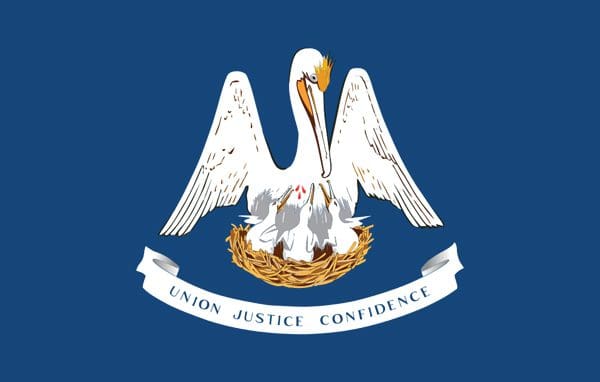The Federal Energy Regulatory Commission (FERC) recently said that it will prepare an environmental impact statement (EIS) for the proposed Calcasieu Pass Project and an environmental assessment (EA) for the proposed Gulf Trace Expansion Project. FERC will use the EIS and EA in its decision-making process to determine whether the projects are in the public convenience and necessity.
The EIS for the Calcasieu Pass Project will examine the environmental effects of construction and operation of LNG export facilities by Venture Global Calcasieu Pass LLC in Cameron Parish, Louisiana.
Venture Global plans to construct and operate an LNG export facility in Cameron Parish adjacent to the Calcasieu Ship Channel. The facility would receive natural gas from North American sources and would liquefy and store it for export. When constructed, the project could process about 487.2 billion cubic feet per year of natural gas.
The Calcasieu Pass project would consist of the following facilities:
- Ten liquefaction blocks
- Two LNG storage tanks, each with approximately 200,000 cubic meter (m3)storage capacity
- Two marine berthing docks, to accommodate LNG carriers ranging from 120,000 m3 to 185,000 m3 of carrying capacity
- A temporary floating LNG storage vessel berthed at one of the LNG berthing docks, which would be discontinued after the first permanent LNG storage tank becomes operational
- A turning basin on the Calcasieu Ship Channel
- A utility dock
- A gas-fired electric generation facility with generating capacity of approximately 600 MW that will be constructed to provide power for the project facilities
- Two natural gas pipelines to connect to existing transmission pipelines – a 23.8-mile-long, 42-inch-diameter pipeline and a 18.5-mile-long, 42-inch-diameter pipeline
- A Gas Gate Station to receive gas from the two lateral pipelines
The EA of the Gulf Trace Expansion Project will examine the environmental effects of construction and operation of facilities by Transcontinental Gas Pipe Line Company in Cameron, Calcasieu, Beauregard, Evangeline, and East Feliciana Parishes in Louisiana.
The Gulf Trace Expansion Project would provide about 1.2 million standard cubic feet of natural gas per day from its Station 65 Zone 3 Pool in St. Helena Parish, Louisiana, southward along its existing mainline, existing Southwest Louisiana Lateral, and the proposed project facilities to Sabine Pass Liquefaction liquefied natural gas terminal (SPLNG Terminal) in Cameron Parish, Louisiana. The pipeline would extend from a tie-in with the existing NHI Laterals C and D to SPLNG Terminal.
The Gulf Trace Expansion Project would consist of the following facilities:
- About 6.97 miles of 36-inch-diameter pipeline (the Gulf Trace Lateral) in
- Cameron Parish
- Addition of two 16,000 horsepower (hp) gas turbine-driven compressor units at Transco’s existing Compressor Station 44 in Cameron Parish
- Two 16,000 hp gas turbine-driven compressor units at the new Compressor Station 42 at the junction of Transco’s mainline and its Southwest Louisiana Lateral in Calcasieu Parish
- Piping and valve modifications on Transco’s mainline at existing Compressor Stations 45, 50, and 60 in Beauregard, Evangeline, and East Feliciana Parishes to allow for bi-directional flow
- Two new meter stations, one adjacent to the SPLNG Terminal in Cameron Parish (SPLNG Meter Station) and one adjacent to the Texas Gas Interconnection in Evangeline Parish (Duralde Meter Station)
- Piping and valve modifications, and pig launcher and receivers required to tie-in the Gulf Trace Lateral with the existing NHI Laterals C and D at the milepost 6.8 valve site1 in Cameron Parish
- Appurtenant underground and aboveground facilities.
Oil and gas operations are commonly found in remote locations far from company headquarters. Now, it's possible to monitor pump operations, collate and analyze seismic data, and track employees around the world from almost anywhere. Whether employees are in the office or in the field, the internet and related applications enable a greater multidirectional flow of information – and control – than ever before.











